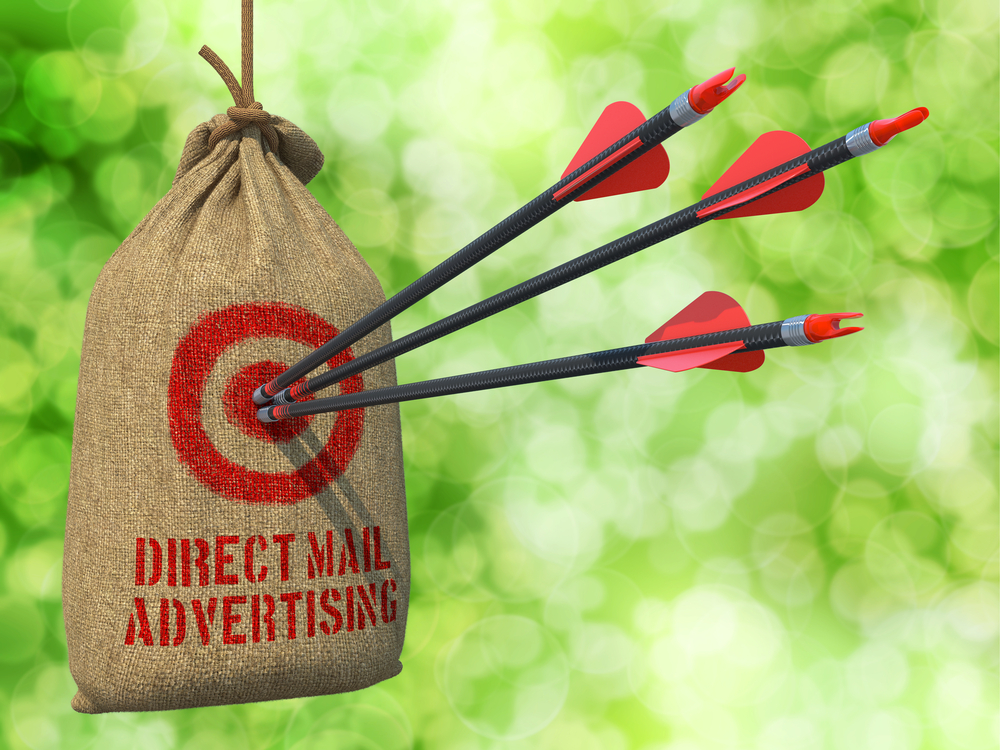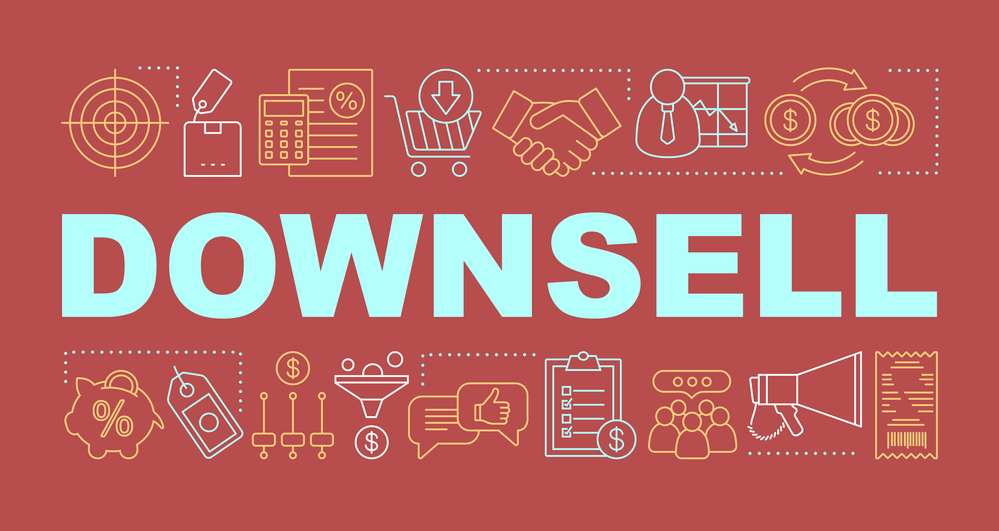
Reviving Direct Mail Marketing Strategies for the Digital Age
Apr 24, 2023 3 minutes
In today’s fast-paced digital world, email marketers are constantly seeking innovative ways to stand out in the crowded inboxes of their target audience. One strategy that has proven successful over the years is direct mail marketing.
With its roots in the pre-internet era, direct mail marketing has consistently shown the ability to capture recipients’ attention and drive response rates. As email marketers grapple with challenges such as deliverability, spam filters, and low engagement, it’s time to look back at the lessons learned from direct mail campaigns and consider adapting these strategies for the digital realm.
What is direct mail marketing?
Direct mail marketing is a form of marketing that involves sending physical promotional materials, such as postcards, catalogs, and letters, directly to the target audience through postal services (e.g., UPS, FedEx, or USPS).
This marketing approach has been around for over a century, with its origins dating back to the late 19th century, when businesses began sending catalog mailers to potential customers. Over the years, direct mail marketing campaigns have evolved to include various formats, such as brochures, flyers, and coupons, and has been employed by companies of all sizes to reach their audience in a personalized and tangible way.
What are the pros of direct mail marketing?
- Tangibility: One of the key advantages of direct mail marketing is its tangible nature. Recipients can touch and feel the direct mailers’ content, creating a sense of ownership and fostering a stronger emotional connection with the brand. This tangible aspect of physical mail can contribute to increased higher response rates, as recipients are more likely to engage with the physical promotional material compared to digital ads and content.
- Personalization: Direct mail marketing allows marketers to tailor their messaging and direct mail offers to specific segments of their audience, thanks to advancements in printing technology and data-driven insights. Personalization has been shown to significantly improve marketing campaign results, as recipients feel valued and are more likely to respond positively to content that caters to their needs and preferences.
- Targeted messaging: Direct mail campaigns can be highly targeted, ensuring that promotional materials reach the right audience at the right time. With the help of mailing lists, demographic data, and customer purchase history, marketers can craft marketing messages that resonate with their target audience, leading to better engagement and higher conversion rates.
What are the cons of direct mail marketing?
- Cost: One of the main drawbacks of direct mail marketing is its cost. Printing, postage, and mailing list acquisition can add up, making it a less viable option for smaller businesses or those with tight marketing budgets. However, the potential return on investment (ROI) from a well-executed direct mail campaign often outweighs the initial costs.
- Environmental concerns: Direct mail marketing has been criticized for its environmental impact, as it involves the consumption of paper and other resources. Additionally, the disposal of unwanted mailers contributes to waste generation. To address these concerns, businesses can adopt eco-friendly practices, such as using recycled paper and soy-based inks, as well as offering customers the option to opt-out of receiving physical mailers.
- Limited tracking capabilities: Unlike digital marketing, direct mail campaigns have traditionally been more challenging to track and measure. Although techniques such as unique coupon codes and customized URLs or QR codes have been developed to help attribute responses to specific mailers, these methods are less precise than the tracking capabilities offered by digital advertising platforms.
What are the most common email marketing challenges?
Email marketing has largely taken over direct mail marketing for many reasons, including cost-effectiveness, easy opt-in, and measurability. But it, too, comes with drawbacks.
Competition for Attention
With the exponential growth of digital communication, email inboxes are more cluttered than ever. The sheer volume of promotional messages that consumers receive daily makes it increasingly difficult for email marketers to stand out and capture their audience’s attention, or even increase brand awareness.
The competition for inbox real estate is fierce, and marketers must continually adapt and innovate to ensure their messages are noticed and read.
Deliverability and Spam Filters
Email deliverability is a significant challenge for marketers, as they must navigate increasingly sophisticated spam filters to ensure their messages reach their intended recipients. Internet service providers (ISPs) and email clients have implemented advanced algorithms to filter out unwanted content, and marketers must stay up to date with best practices to avoid being flagged as spam.
This challenge requires continuous learning and adjustment of email marketing strategies to maintain high deliverability rates.
Low Open and Click-Through Rates
Even when an email successfully lands in a recipient’s inbox, there’s no guarantee it will be opened or read. Open rates and click-through rates (CTRs) are critical performance indicators for email marketing campaigns. However, they have been declining over the years due to various factors, such as inbox saturation, lack of personalization, and poor subject lines.
To improve these metrics, email marketers must continually refine their content and targeting strategies to better engage and resonate with their audience.
Difficulty in Personalization and Segmentation
One of the most significant challenges for email marketers is achieving the right balance between personalization and segmentation. While it’s crucial to tailor content to individual recipients, it can be time-consuming and resource-intensive to create personalized messages for each subscriber.
Additionally, the quality and accuracy of the data available for personalization and segmentation can impact the effectiveness of email marketing campaigns. Email marketers must invest in the right tools, technologies, and data sources to achieve the desired level of personalization and segmentation without sacrificing efficiency.
Adopting Direct Mail Strategies for Digital Use
Now that we know the most impactful disadvantages of both direct mail advertising and email campaigns, we can look at how implementing direct mail marketing strategies can help.
Personalization and Segmentation
- Data-driven insights: To create personalized and segmented email campaigns that resonate with recipients, email marketers should leverage data-driven insights. By analyzing subscriber demographics, preferences, and behavioral patterns, marketers can better understand their audience and create content that caters to their needs. This approach can lead to improved open rates, click-through rates, and conversions.
- Tailored content and offers: Inspired by direct mail marketing, email marketers can develop tailored content and special offers for different audience segments. By creating customized messages, promotions, and recommendations based on recipient data, marketers can make their subscribers feel valued and deliver a more personalized experience, ultimately leading to increased engagement and loyalty.
- Personalized subject lines: Direct mail campaigns often feature personalized elements on the envelope, such as the recipient’s name, to capture attention. Similarly, email marketers can use personalized subject lines to improve open rates. Including the recipient’s name, location, or other relevant information in the subject line can make the email feel more personal and increase the likelihood that the recipient will open and engage with the content.
Compelling and Targeted Messaging
- Storytelling: Direct mail campaigns often rely on storytelling to convey their message and create an emotional connection with the recipient. Email marketers can apply this principle by incorporating compelling narratives into their email content. Stories can humanize a brand, evoke emotions, and make the message more memorable, ultimately increasing the chances of driving desired actions.
- Clear calls-to-action: Like direct mail pieces that often feature a clear call-to-action (CTA) prompting the recipient to take specific action, email marketers should ensure that their emails include prominent and straightforward CTAs. A well-designed CTA can guide the recipient through the email and increase the likelihood of achieving the desired conversion.
- Focused design and layout: Direct mail pieces typically use a focused design and layout to present the message clearly and concisely. Email marketers can learn from this by designing emails that are easy to read, visually appealing, and optimized for various devices. A clean and organized layout can help guide the reader through the content and make the message more interactive and engaging.
Building Trust and Credibility
- Sender transparency: Just as direct mail campaigns often include the sender’s name and address to establish credibility, email marketers should ensure their emails are transparent and trustworthy. Using a recognizable sender name, providing complete contact information, and having a consistent branding across email campaigns can help build trust with subscribers.
- Testimonials and social proof: Direct mail marketing sometimes incorporates testimonials, case studies, or customer reviews to instill confidence in the recipient. Email marketers can adopt this tactic by including social proof elements in their campaigns, such as customer testimonials, ratings, or social media shares. These elements can enhance credibility, influence the recipient’s perception, and increase the chances of conversion.
- Compliance with privacy regulations: Direct mail marketing must adhere to privacy regulations and guidelines, such as the CAN-SPAM Act and the General Data Protection Regulation (GDPR). Similarly, email marketers must comply with these regulations to maintain trust and credibility. By ensuring transparency in data collection practices, obtaining the necessary permissions, and providing easy opt-out options, email marketers can demonstrate their commitment to respecting subscriber privacy and building a trustworthy relationship.
Direct Mail May Be Old News, but There’s Value in Learning from the Past
As the digital landscape becomes increasingly competitive, email marketers must explore new ways to stand out and drive engagement. By adopting and adapting effective direct mail strategies for digital use, marketers can create compelling, personalized, and targeted email campaigns that resonate with their audience.
This fusion of traditional and digital techniques offers an opportunity to overcome the challenges faced by email marketers and ultimately achieve better results.
As you explore the potential of blending successful direct mail strategies with your email marketing efforts, don’t forget to consider the importance of a reliable payment processing partner for your landing pages. If your business operates in a high-risk industry, contact DirectPayNet to open a high-risk merchant account. With a trusted payment processor, you can ensure seamless transactions, improved security, and a better overall customer experience as you implement these innovative multichannel marketing strategies.




